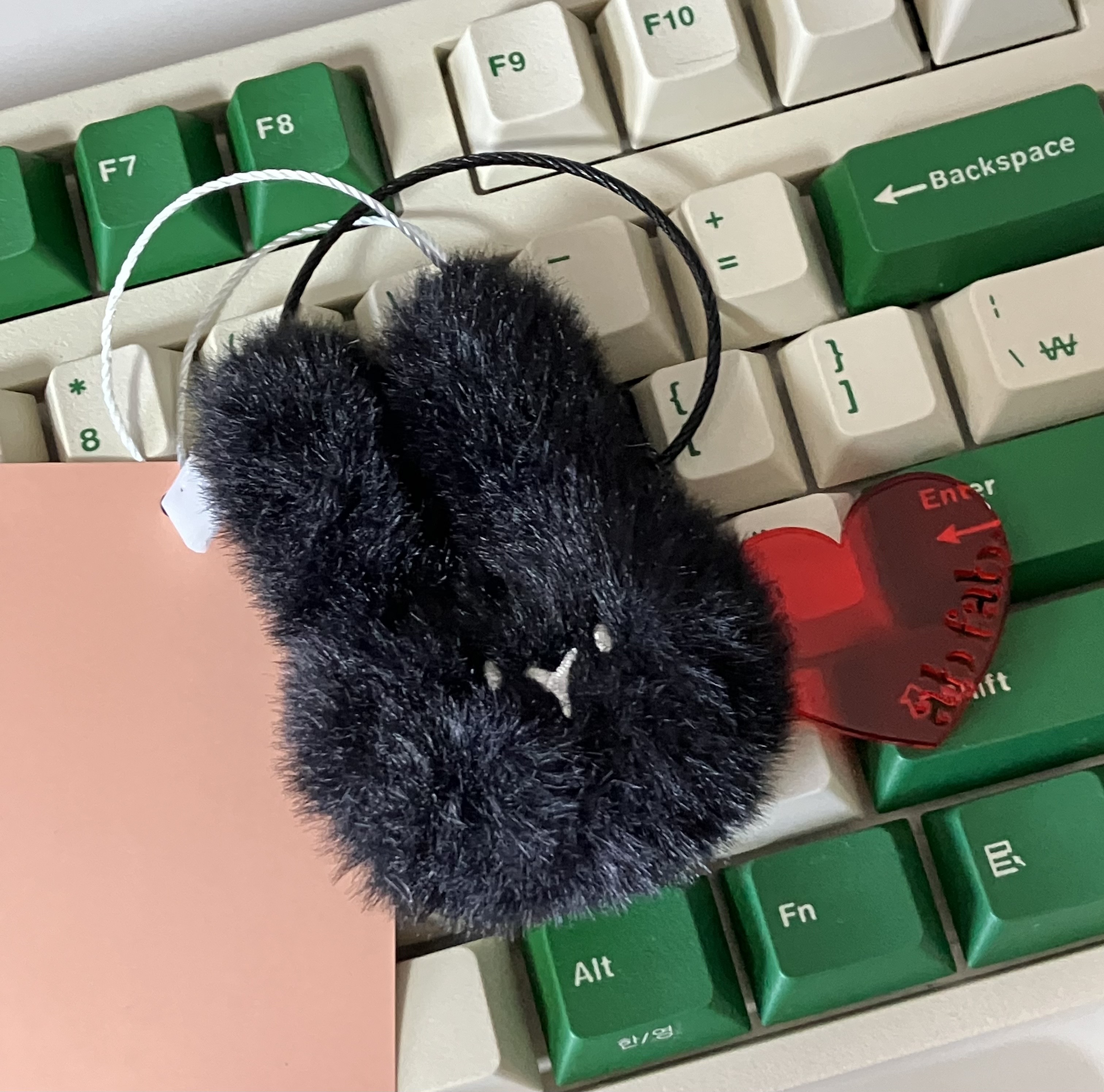[Android] Activity Resulut API
🙋♀️ 활동에서 결과 가져오기
카메라 앱을 실행해 사진을 촬영하거나, 갤러리를 실행해 사진을 가져올 때 우리는 그 결과값을 받아와 사용하는 경우가 대부분이다.
startActivityForResult와 onActivityResult
아마 카메라, 갤러리 등의 활동에 대한 결과를 받아올 때 위 api를 많이 사용했을 것이다. 하지만 현재 해당 api는 deprecated된 상태이다.
이를 대체하는 것이 바로 Activity Result API이다.
🙋♀️ Activity Result API
- androidx activity와 fragment에 도입되었다.
- 따라서 해당 api 사용을 위해 위 dependency를 추가해줘야 한다.
implementation "androidx.activity:activity-ktx:[최신 버전]"
- 따라서 해당 api 사용을 위해 위 dependency를 추가해줘야 한다.
registerForActivityResultapi를 통해 결과 콜백을 등록한다.ActivityResultContract와ActivityResultCallback을 함께 사용해 다른 활동을 실행하는 데 사용할ActivityResultLauncher를 반환한다.
➡️ ActivityResultContract
결과를 생성하는 데 필요한 입력 유형과 결과의 유형을 정의한다.
사진 촬영, 권한 요청 등과 같은 기본 인텐트 작업의 기본 계약을 제공하며, 자체 맞춤 계약을 정의할 수도 있다.
➡️ ActivityResultCallback
ActivityResultContract로 인한 결과값을 가져오는 onActivityResult 메서드만을 포함한 단일 메서드 인터페이스이다.
val getContent: ActivityResultLauncher = registerForActivityResult(GetContent()) { uri: Uri? ->
// handle the returned Uri
}
-> ActivityResultContract의 GetContent를 통해 갤러리를 실행하고 선택한 사진의 uri를 받아와 처리한다.
🙋♀️ registerForActivityResult
단순히 콜백을 등록하는 역할을 한다. 따라서 다른 활동을 실행하거나 결과 요청을 시작하지 않는다.
launch를 통해 결과를 생성하는 프로세스가 실행된다.
val getContent = registerForActivityResult(GetContent()) { uri: Uri? ->
// Handle the returned Uri
}
override fun onCreate(savedInstanceState: Bundle?) {
// ...
val selectButton = findViewById<Button>(R.id.select_button)
selectButton.setOnClickListener {
// Pass in the mime type you'd like to allow the user to select
// as the input
getContent.launch("image/*") //⭐️⭐️⭐️
}
}
🙋♀️ ActivityReulstContract로 권한 요청
ActivityResultContract를 통해 deprecated된 onRequestPermissionsResult를 대신할 수도 있다.
- RequestMultiplePermissions : 여러 권한 동시에 요청
- An ActivityResultContract to request permissions
- RequestPermission : 단일 권한 요청
- An ActivityResultContract to request a permissions
바로 위의 두 계약서를 사용하는 것이다!!
➡️ RequestPermission 사용 예시
// Register the permissions callback, which handles the user's response to the
// system permissions dialog. Save the return value, an instance of
// ActivityResultLauncher. You can use either a val, as shown in this snippet,
// or a lateinit var in your onAttach() or onCreate() method.
val requestPermissionLauncher =
registerForActivityResult(RequestPermission()
) { isGranted: Boolean ->
if (isGranted) {
// Permission is granted. Continue the action or workflow in your
// app.
} else {
// Explain to the user that the feature is unavailable because the
// feature requires a permission that the user has denied. At the
// same time, respect the user's decision. Don't link to system
// settings in an effort to convince the user to change their
// decision.
}
}
위의 코드는 공식 문서에 나와있는 RequestPermission 사용 예시이다. 이 또한 마찬가지로 콜백을 등록만 했을 뿐, 권한 요청을 진행한 것은 아니다.
requestPermissionLauncher.launch(android.Manifest.permission.CAMERA)
권한 요청은 위에서도 설명했듯이 launch를 통해 비로소 실행된다.
➡️ RequestMultiplePermissions 사용 예시
private val requestPermissionLauncher =
registerForActivityResult(ActivityResultContracts.RequestMultiplePermissions()) { permissions ->
permissions.entries.forEach { permission ->
when {
// 권한 승인 여부에 따라 분기 처리
}
}
}
사용법이 RequestPermission과 유사한 것을 알 수 있다. 이 또한 launch를 통해 여러 권한을 한꺼번에 전달함으로써 권한 승인을 진행할 수 있다.
companion object {
private val REQUIRED_PERMISSIONS = arrayOf(
Manifest.permission.ACCESS_COARSE_LOCATION,
Manifest.permission.ACCESS_FINE_LOCATION
)
}
...
requestPermissionLauncher.launch(REQUIRED_PERMISSIONS)
👀 registerForActivityResult 사용 시 주의사항
registerForActivityResult는 프래그먼트나 활동을 만들기 전에 호출하는 것이 안전하므로 반환되는 ActivityResultLauncher 인스턴스의 멤버 변수를 선언할 때 직접 사용할 수 있다.
📑 주요 내용 정리
🙇♀️ 부족한 부분이 있다면 말씀해주세요! 감사합니다!

댓글남기기